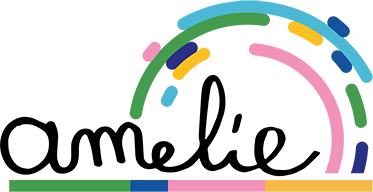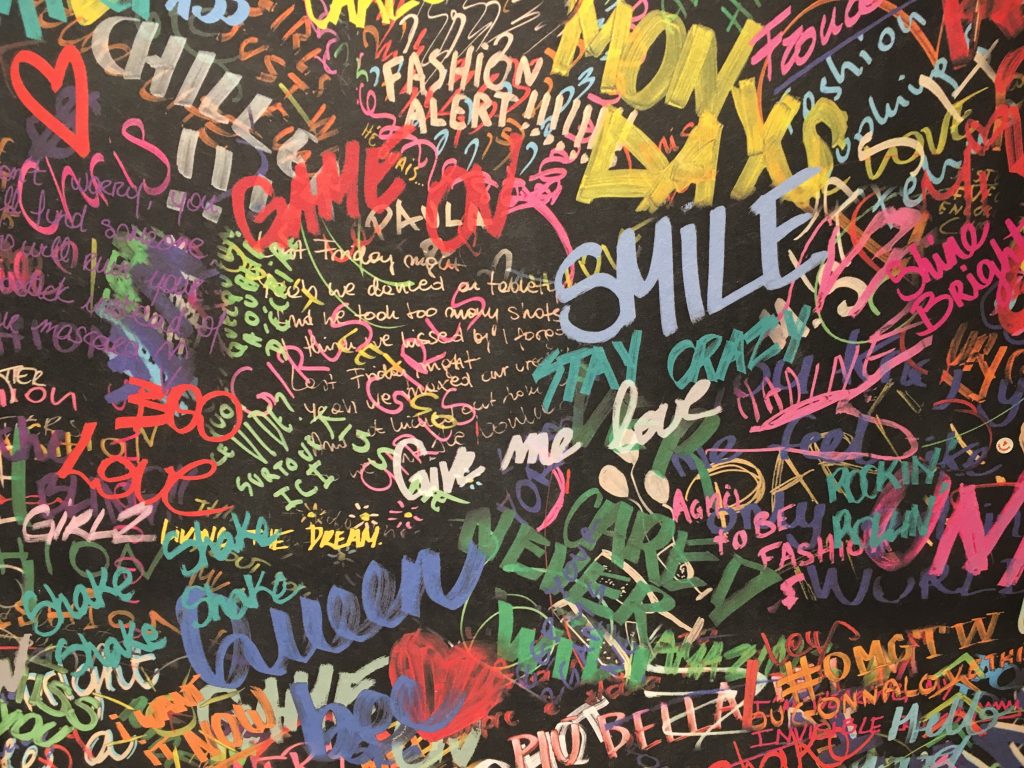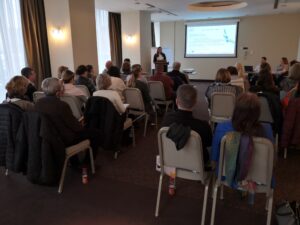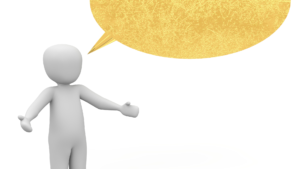“You are what you communicate”. “The words I choose define who I am”. These are two out of ten principles of the Manifesto of Non-Hostile Communication created by Parole Ostili. The Manifesto is a fundamental document of the AMeLiE European network of schools and the campaign to combat hate speech in the virtual world.
The two principles mentioned above draw our attention to the language we use in everyday interaction. We all realise the power of language; it is a reflection of our values and reinforces our perception of others. Language can have a great positive impact on people, but it can also be disrespectful, exclusive, and harmful.
Inclusive language is a parameter which is at the center of discourse in the post pandemic era, where hostile communication is rapidly increasing in the physical world and evidently more on the internet. Amnesty International of Australia (AIA) defines Inclusive language as “language that is free from words, phrases or tones that reflect prejudiced, stereotyped or discriminatory views of particular people or groups. It does not deliberately or inadvertently exclude people from feeling accepted”. Inclusiveness has several dimensions (social status, sex, religion, physical condition and more) and this is the reason that makes more and more organizations plan a policy on the topic.
In response to the current language obsoleteness, the American Psychological Association (APA) published the Inclusive Language Guidelines. In the important document general “terms related to equity and power” are explained, for example bias, cultural competence, global citizenship, global majority, oppression and so on. The guidelines focus also on “person-first and identity-first language”, suggesting terms to avoid and corresponding alternatives. A few pickings from a long list are, instead of victim/ survivor to use the term person who has experienced…/person who has been impacted by…, instead of the elderly to use inclusive expressions like older adults, replace mentally ill with the expression person with a mental illness.
In line with this inclusive policy, the United Nations launched Guidelines for gender-inclusive language in English. Among many interesting recommendations which are addressed to the UN staff firstly but can be useful in many social and professional environments, we are asked to care to use the form of address preferred by each individual, to avoid expressions that reinforce gender stereotypes, to acknowledge techniques to check discriminatory language, i.e. if by reversing the gender, the meaning or emphasis of the sentence changes
Inclusive language allows every person to feel comfortable, accepted and treated with respect. Within this view, it is worth for all organisations to develop their own inclusive language guidelines, especially educational institutions, maybe starting with exploitation of the examples of the UN, APA, IAI that are cited here.
Sources:
United Nations: Guidelines for gender-inclusive language in English
https://www.un.org/en/gender-inclusive-language/guidelines.shtml
American Psychological Association: Inclusive Language Guidelines
https://www.apa.org/about/apa/equity-diversity-inclusion/language-guidelines
Amnesty International. Inclusive Language and Events Guide
https://www.amnesty.org.au/wp-content/uploads/2021/09/AIA-Inclusive-Language-and-Events-Guide-3.pdf




